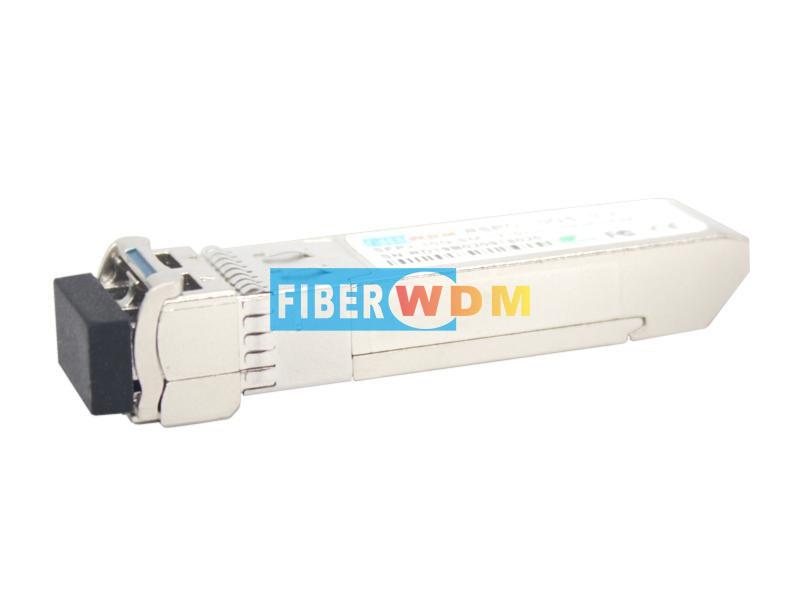Why is the 25G SFP28 LWDM transceiver used in the 5G future network?
At present, 25G optical transceivers have been widely used in 5G future networks. In order to save fiber resources, a 25G WDM module is used in the 5G front drive. However, 25G WDM transceivers are much more expensive than other 25G optical modules. The 25G SFP28 LWDM transceiver can realize multi-channel signal transmission on a single fiber, and the cost is lower than that of the 25G WDM transceiver. Due to its flexibility, stability and cost control, 25G SFP28 LWDM transceivers have been widely promoted in 5G future networks.
The 25G SFP28 LWDM transceiver is fully compliant with the IEEE802.3ba standard, which provides a flexible way for the smooth development of 25G Ethernet networks into single-wavelength 50G or 100G in the future. LWDM stands for LAN WDM. The 25G SFP28 LWDM module has 12 wavelengths and belongs to the O band. Among them, 8 wavelengths are standard wavelengths with a band spacing of 800Hz, and the remaining four wavelengths are 25G LWDM transceivers, which are multiples of 25G SFP28 CWDM transceivers (1269.23nm, 1332.41nm, 1313.73nm, 1291.10nm). Like other 25G WDM modules, 25G SFP28 LWDM transceivers can also use WDM technology to multiplex multiple wavelengths onto a pair of optical fibers to save a lot of optical fiber resources.
The 25G SFP28 LWDM transceiver can support multi-channel signal transmission on a single optical fiber. It compensates for the large dispersion of 25G CWDM modules and the high cost of 25G DWDM transceiver lasers, realizes stable transmission, and saves a lot of fiber resources for 5G fronthaul transmission. Therefore, it may be a stable and cost-effective solution in the 5G front transmission network, and it is still promising in the future development of 5G front transmission.

评论
发表评论